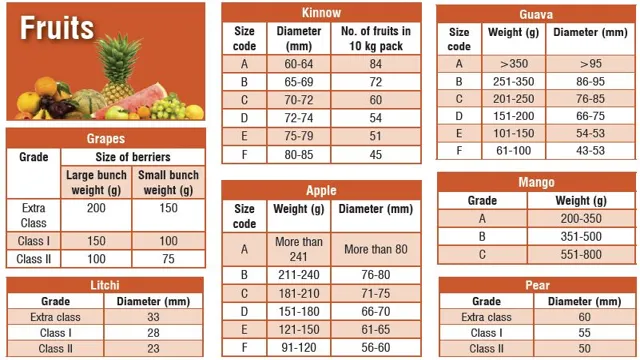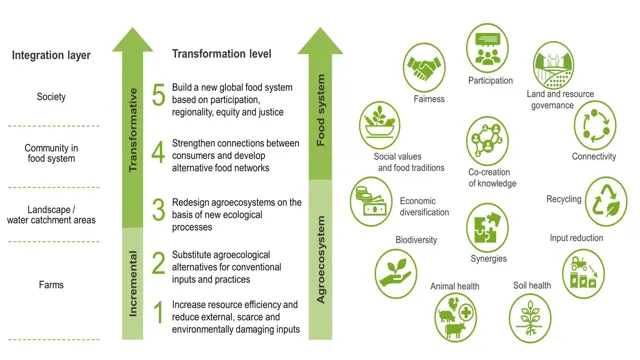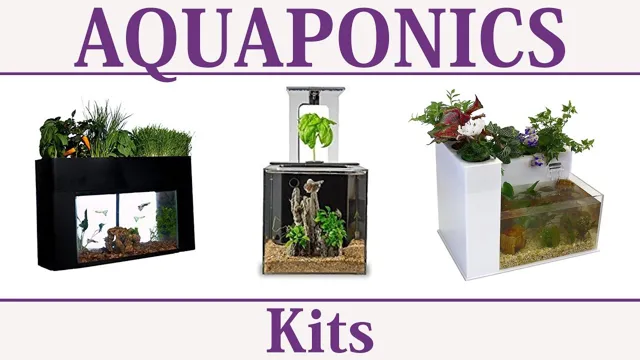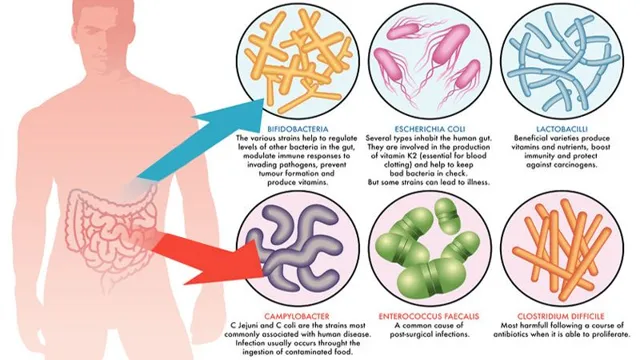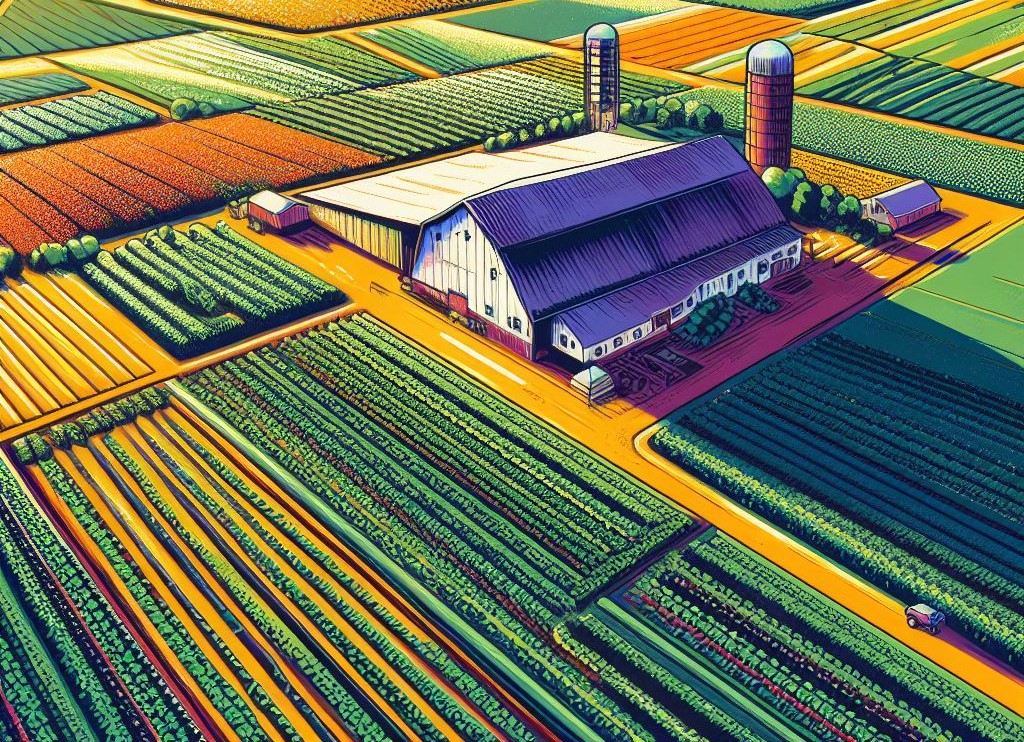In an age where technology has permeated every sphere of life, fish farming is no exception. Advanced fish health monitoring systems are emerging as game-changers in the aquaculture sector. These innovative solutions not only enhance fish health and productivity but also contribute towards sustainable fish farming practices.
As we dive deeper into the digital era, it becomes paramount to understand and leverage these monitoring systems effectively. This blog post aims to shed light on the sophisticated world of fish health monitoring systems, their significance, and their transformative impact on the aquaculture industry. So, whether you’re an aquaculture professional, a tech enthusiast, or simply a curious reader, join us as we navigate the depths of this fascinating subject.

Introduction to Fish Health Monitoring
Fish health monitoring systems have emerged as a crucial tool in the field of aquaculture, ensuring the well-being of our finned friends. These sophisticated systems facilitate real-time observation and data collection, providing comprehensive insights into fish health and behavior. In essence, fish health monitoring systems are like underwater health detectives.
They tirelessly gather data on various parameters such as water quality, temperature, fish behavior, and disease symptoms to keep fish populations in prime condition. This helps in early detection of potential health issues, enabling timely intervention and reducing the risk of disease outbreaks. The benefits of fish health monitoring systems extend beyond fish health.
They also contribute significantly to the sustainability and profitability of aquaculture operations. By optimizing fish health, these systems ensure better growth rates and higher survival rates, leading to increased productivity and profitability. In a world where aquaculture is rapidly gaining prominence as a key source of protein, fish health monitoring systems are proving to be indispensable.
They are not just about keeping the fish happy and healthy; they are about safeguarding our food systems, our livelihoods, and our planet. In conclusion, fish health monitoring systems are the unsung heroes of the aquaculture world. They work behind the scenes to ensure that the fish we consume are healthy, and that the aquaculture industry thrives in a sustainable manner.
So, the next time you enjoy a seafood dish, spare a thought for these diligent systems, working round the clock to keep our aquatic food sources in top shape.
Importance of Fish Health Monitoring
Maintaining the health of aquatic life, particularly fish, is a vital aspect of aquaculture. Fish health monitoring systems play a critical role in this endeavor, providing real-time data on water quality, feeding patterns, fish behavior, and disease detection. These systems not only ensure the wellbeing of the fish but also contribute to the sustainable growth of the aquaculture industry.
They enable timely interventions, preventing potential health crises and promoting a thriving aquatic environment. In essence, fish health monitoring systems serve as the guardians of our underwater treasures, upholding their health and safeguarding the economic viability of aquaculture.
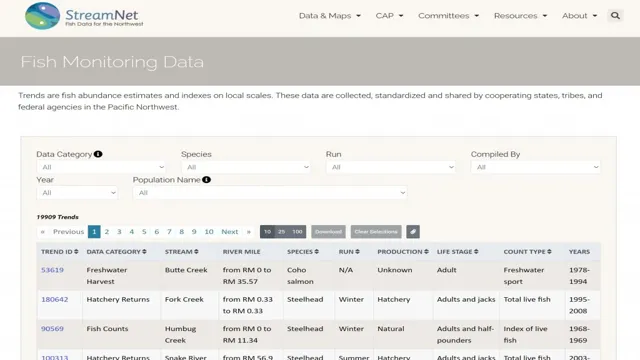
Types of Fish Health Monitoring Systems
In the complex world of aquaculture, ensuring the health and welfare of aquatic species is paramount. Enter fish health monitoring systems, the unsung heroes of the industry. These systems can be categorized into three main types: Manual, Semi-automatic, and Automatic.
Manual systems rely on human observation for regular health checks, while Semi-automatic systems involve a combination of human intervention and technology. The crème de la crème, automatic systems, leverage cutting-edge technology like IoT and AI to constantly monitor fish behavior and health, sending real-time alerts if any anomaly is detected. These systems make fish farming smarter, efficient, and remarkably sustainable.

Traditional Fish Health Monitoring Methods
Traditional Fish Health Monitoring: An In-Depth Look For centuries, fish health has been of paramount importance to societies across the globe, from small fishing communities to large-scale industrial fishing operations. Traditional fish health monitoring systems have played a critical role in ensuring the survival and sustainability of these vital aquatic resources. These conventional monitoring methods primarily involve regular physical inspections and routine laboratory tests.
The fish are typically examined for any visible signs of disease or distress, including changes in color, unusual swimming patterns, loss of appetite, and abnormal growths. Water quality parameters such as temperature, pH level, and oxygen concentration are also frequently monitored, as these factors can significantly impact fish health. Laboratory tests often involve taking samples from the fish and subjecting them to various biochemical and microscopic analyses.
These tests can identify specific pathogens or diseases and assess the overall health of the fish. Some common laboratory procedures include histopathology, bacteriology, virology, and parasitology. While these traditional fish health monitoring systems have proven effective over the years, they do have their limitations.
They can be labor-intensive, time-consuming, and require a significant level of expertise. Moreover, they are often reactive rather than proactive, meaning they tend to focus on identifying and addressing health issues after they have already occurred. In recent years, there has been growing interest in developing more advanced and efficient fish health monitoring systems.
These innovative approaches aim to leverage the latest technological advancements, such as artificial intelligence, machine learning, and remote sensing, to predict potential health issues before they become critical. However, these modern systems are still in their early stages of development and implementation, and traditional methods remain a vital part of fish health monitoring. Despite their limitations, traditional fish health monitoring systems have been instrumental in safeguarding the health of our aquatic resources.
As we strive towards more sustainable fishing practices, these tried-and-true methods will undoubtedly continue to play a crucial role.
Visual Inspection
In the realm of aquaculture, maintaining the health of fish is of paramount importance. Fish health monitoring systems offer a revolutionary solution, with visual inspections playing a pivotal role in their effectiveness. These digital eyes underwater provide a real-time snapshot of the aquatic environment, enabling swift responses to potential health risks.
By utilizing cutting-edge technology, these systems not only ensure the wellbeing of our finned friends but also safeguard the profitability and sustainability of fish farming operations. So, let’s dive into the world of visual inspections in fish health monitoring systems – a realm where technology meets marine life.
Physiological Tests
“Physiological Tests: Unlocking the Mysteries of Fish Health Monitoring Systems” Peering into the aquatic world, the intricate complexities of fish health monitoring systems come to light. The fundamental tool in these systems? Physiological tests. These scientific marvels, ingeniously designed to assess the wellness of our finned friends, have revolutionized aquatic health management.
They offer intriguing insights into fish health, making the invisible, visible. With each heartbeat and gill movement meticulously scrutinized, physiological tests unravel the secrets of aquatic well-being, bridging the gap between the underwater world and our understanding of it. Dive into the fascinating world of fish health monitoring, where exciting discoveries await at every turn.
Pathological Exams
“Pathological Exams: A Deep Dive into Fish Health Monitoring Systems” Navigating the world of fish health monitoring systems can feel like swimming in uncharted waters. These systems play a crucial role in pathological exams, providing vital data that allows us to keep our aquatic friends in prime health. They are essentially the secret weapon in maintaining optimal fish health, diagnosing diseases accurately, and maximizing productivity in aquaculture.
With the right fish health monitoring system, pathological exams can be a seamless process, ensuring your fish thrive in a safe and healthy environment. It’s time to cast our nets and reel in the benefits of these innovative systems.
Modern Fish Health Monitoring Systems
In the ever-evolving world of aquaculture, the advent of modern fish health monitoring systems has revolutionized the industry. These sophisticated systems are the latest addition to the arsenal of tools available for ensuring the well-being of our finned cohabitants. Fish health monitoring systems are an ingenious blend of technology and aquaculture sciences.
They are designed to keep a close eye on the health status of fish, enabling farmers to make informed decisions and take proactive measures to ensure optimal fish health. These systems work by collecting, analyzing, and monitoring data related to water quality, feeding patterns, growth rates, and fish behavior. They can detect early signs of disease, stress, or poor health conditions, allowing for immediate action and intervention.
This not only aids in the prevention of potential disease outbreaks but also contributes to the sustainability of fish farming. One of the key advantages of using these systems is the ability to monitor fish health in real-time. Traditional methods of fish health monitoring often involve time-consuming manual inspections and can only provide a snapshot of the fish’s health at a specific point in time.
In contrast, modern systems provide continuous, real-time monitoring, offering a comprehensive view of the fish’s health over time. In essence, modern fish health monitoring systems are like personal health trackers for fish. They provide a wealth of information that can be used to optimize fish health and productivity, making them an indispensable tool for the modern aquaculture farmer.
So, whether you’re a seasoned aquaculture professional or a newbie in the field, leveraging the power of fish health monitoring systems could be the game-changer in your fish farming venture. After all, in an industry where a fish’s health is directly linked to productivity and profitability, staying ahead of the curve is always a smart move.
Sensor-Based Systems
In the dynamic world of aquaculture, fish health monitoring systems are emerging as the new-age superheroes. These sensor-based systems are revolutionizing the industry, offering real-time insights into fish health and behavior. With their ability to track critical parameters like water quality, temperature, and fish movement, they are becoming indispensable tools for fish farmers.
By enabling early detection of diseases and environmental stressors, these systems ensure that our gilled friends thrive in optimal conditions. So, let’s dive deeper into the world of sensor-based fish health monitoring systems, where technology meets aquaculture to create healthier, happier fish populations.
AI and Machine Learning
As we dive deeper into the digital age, the application of artificial intelligence (AI) and machine learning in various industries continues to flourish. A striking example is the use of these technologies in fish health monitoring systems. AI-powered fish health monitoring systems are making waves as they offer superior, data-driven methods to ensure the well-being of aquatic life.
These systems harness machine learning algorithms to analyze and predict fish health, enabling timely interventions. The fusion of AI and machine learning with aquaculture translates to healthier fish, improved yield, and a more sustainable industry.
The Future of Fish Health Monitoring
As we dive deeper into the 21st century, the future of fish health monitoring looks increasingly bright, exciting, and teeming with possibilities. The introduction of advanced fish health monitoring systems is revolutionizing how we understand and manage aquatic health. These highly sophisticated systems are providing unprecedented insights into fish health, helping to ensure the sustainability and profitability of fish farming enterprises.
Through the use of cutting-edge technology, fish health monitoring systems are streamlining the process of detecting diseases, monitoring water quality, and assessing fish behaviour. These systems are equipped with advanced algorithms and sensors that provide real-time data, allowing for swift and efficient health assessments. The future of fish health monitoring is not merely about maintaining fish in good health; it’s about enhancing their overall wellbeing, maximizing growth rates and productivity.
Furthermore, these systems are set to play a crucial role in mitigating the environmental impact of aquaculture, contributing to a more sustainable future for our planet. In essence, the evolution of fish health monitoring systems represents a sea change in the field of aquaculture. With continued advancements in technology, we stand on the brink of a new era in fish health management – one that promises healthier fish, more profitable operations and a more sustainable industry.
So, let’s set sail towards this promising horizon, guided by the beacon of innovative fish health monitoring systems.
Conclusion
In conclusion, fish health monitoring systems can be seen as the aquatic equivalent of a doctor’s stethoscope. They provide vital information about the health and wellbeing of our underwater friends, allowing us to detect any issues early and intervene effectively. The oceans, after all, are not just vast, blue mysteries – they are teeming with life that deserves our care and attention.
So, whether you are a marine biologist, a fish farmer, or just someone who loves their goldfish, these systems are your ticket to becoming the Sherlock Holmes of the sea. Now, who said you cannot mix water and technology?
Frequently Asked Questions (FAQs)
What are fish health monitoring systems?
Fish health monitoring systems are innovative technologies used in aquaculture to monitor the health and well-being of fish. These systems include sensors and software that help in monitoring parameters like water quality, temperature, pH levels, and the overall health of the fish.
Why are fish health monitoring systems important?
Fish health monitoring systems are crucial in maintaining the health and productivity of fish in aquaculture. They help in early detection of diseases, ensuring the water quality is optimal for fish survival, and assist in maintaining a stable environment for the fish, reducing stress and increasing their lifespan and productivity.
How do fish health monitoring systems work?
Fish health monitoring systems work by utilizing various sensors to monitor different parameters like water quality, oxygen levels, temperature, and pH. The collected data is then analyzed using software to provide insights into the health and well-being of the fish. If any issues are detected, alerts are sent out so that immediate action can be taken.
What are the benefits of using fish health monitoring systems?
Using fish health monitoring systems can result in numerous benefits including improved fish health and survival rates, increased productivity, early detection of diseases, efficient use of resources, and reduced environmental impact. They also help in making informed decisions regarding feed management, breeding, and overall fish farm management.
Can fish health monitoring systems be used in any type of fish farm?
Yes, fish health monitoring systems are versatile and can be used in various types of fish farms – from small-scale indoor tanks to large-scale commercial fish farms. The technology can be customized to suit the specific needs and requirements of the farm.
What are some of the challenges faced in implementing fish health monitoring systems?
Some challenges in implementing fish health monitoring systems include high initial investment costs, need for technical expertise to operate and maintain the system, and potential resistance from workers due to change in traditional farming practices. However, the long-term benefits often outweigh these challenges.


